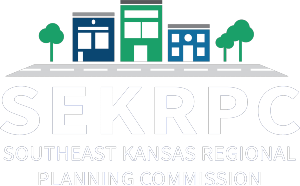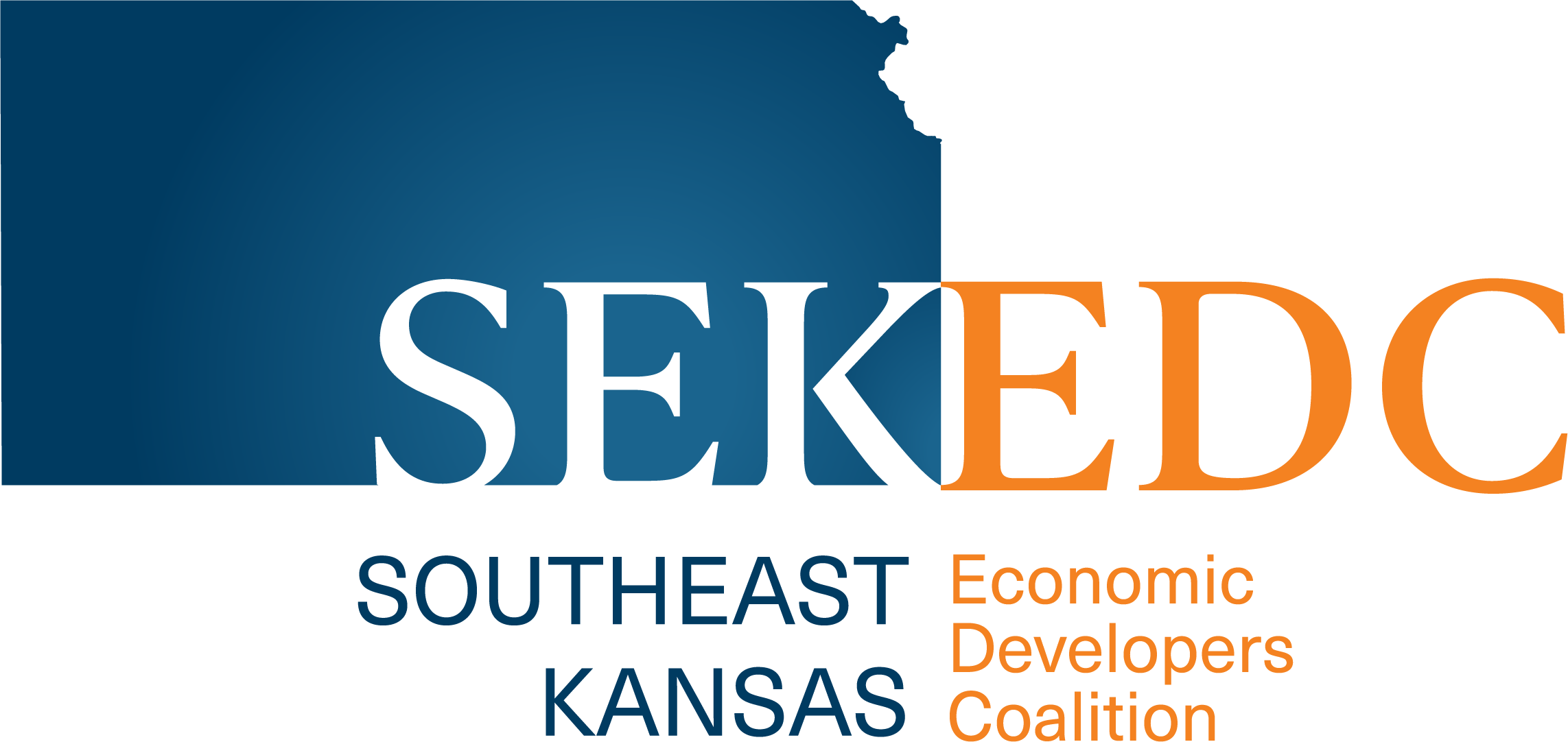Downtown Revitalization
Downtowns are the heart of a city and region – and having a healthy heart is essential to having a strong city and region. Investment in revitalization creates jobs, increases property values and attracts tourists and, therefore, should be considered part of a strong economic development plan.
On this page you will find a listing of a variety of tools & resources as a starting point for your downtown revitalization effort. This is not an all-inclusive list, but a brief overview to get you started on your way, or to supplement what you may already be undertaking. There is a plethora of online articles on this topic, we have listed a few on this page. If you need a visual jump start, visit the downtown revitalization board on Pinterest.
The National Main Street Center offers a variety of tools and resources and is an excellent source for specific guidance on a variety of topics. Their newest tool, Main Street Online, offers entrepreneurs an opportunity to receive industry specific guidance on a variety of online tools available to help them grow their online presence.
Be Innovative. Maybe your local high school has an entrepreneurial program and they would be interested in utilizing a vacant downtown building and repurposing it as a retail incubator to give real world experience to budding entrepreneurs.
Retail pop ups are becoming more popular as a downtown initiative utilizing either commercial space or vacant lots. Two successful examples, on opposite sides of the spectrum - small to large - have mastered the concept of micro retail space and utilizing space to jump start their downtowns. We invite you to google search "pop up village in Tionesta, PA," and "Seaport, the Current." They are also mentioned in the articles below.
Shared work spaces are also becoming more popular as downtowns are realizing they need to offer more than just retail space and is a great use of a vacant building that needs repurposed.
Loft development is another initiative that many have realized can add to the value of a downtown. The State of Kansas recently passed legislation adding a potential funding mechanism to help incentivize the concept. See the RHID topic below for details.
Articles -
How to Revitalize Your Local Main Street
12 Steps to Downtown Revitalization
4 Big Ideas for Small Downtown Revitalization
Downtown Group Seeks Input on Shared Work Space
Seaport's Pop Up Village Changes Its Line Up
Coworking and Entrepreneurship Spaces Are Crucial to Digital Economic Development
Tools/Resources
Loan Programs
SEKRPC RLF & Cares Act RLF – terms vary, if funding construction labor, Davis Bacon wage rates will apply to the project. If funding materials only, no Davis Bacon wage rates. Contact: SEKRPC, 620-431-0080, office@sekrpc.org
StartUp Kansas – terms vary, funds up to $45,000, 40% matching funds. Contact: Network Kansas, 877-521-8600
SEK Regional Prosperity Foundation – terms vary, max funding of $75,000. Contact: Jitka Durman, 620-235-4920, Jitka.Durman@communitynational.net
Rural Energy for America Program (REAP) – loans & some grants, up to 25%, for eligible efficiency projects that include nearly anything that reduces energy consumption and results in cost savings. Contact: Dan Fischer, USDA, 785-271-2700, REAP website
Tax Rebate Programs
A community can implement one or both of the following programs:
Kansas Downtown Redevelopment Tax Rebate Program – Through the Downtown Redevelopment Act, areas designated by the Secretary of Commerce, can receive a rebate of property tax collected on properties that have undergone approved improvements. The city must request and be approved by Commerce before businesses can take advantage of the rebate. The amount of the rebate depends on the city and whether or not there are inter-local agreements in place with all local taxing entities or if the rebate is only from the city’s percentage. A property owner submits a written application to the governing body of the city to request the rebate.
A rebate of the incremental tax increase between the valuation prior to the improvements and the new assessed valuation is made available for five years. For the sixth year, 80 percent of the tax increment is subject to rebate. For the seventh, eighth and ninth years, the percentage of the tax increment that is not subject to rebate will increase by 20 percent each year. Beginning in the tenth year, no rebate is available.
Contact: Scott Sewell, Kansas Main Street Director, 785-296-7288, Scott.Sewell@ks.gov
Neighborhood Revitalization Program – a local tax rebate program initiated & implemented at the local level. Specifics of the program to be determined locally.
Grant Programs
CDBG Commercial Rehabilitation Program - The purpose of Commercial Rehabilitation grants is to help cities improve the quality of their downtown commercial districts by assisting private property owners in the rehabilitation of blighted buildings. It is hoped that strategic investment of grant funds will help prevent the spread of blighted conditions to other nearby structures. $250,000 max grant, minimum 25% match (may soon change to 50%) Eligible activities include any item on the exterior of the building and interior code violations. Davis Bacon wages rates apply to the construction. Architect required. Can’t use for living quarters project, only eligible to address the commercial space.
Rural Energy for America Program (REAP) – loans & some grants, up to 25%, for eligible efficiency projects that include nearly anything that reduces energy consumption and results in cost savings.
Hope VI Main Street Program – grants to renovate unused or obsolete historic or central business district space with affordable housing units. This is a federal HUD program that awards 2 projects per year with a max of $500,000 per project, 5% match.
Other Programs – (typically for larger projects)
Low Income Housing Tax Credit Program (LIHTC) - 4% and/or 9% - The Low Income Housing Tax Credit encourages housing by providing credits to offset an investor’s federal income tax liability. Financial institutions, such as banks, insurance companies and government-sponsored enterprises, make equity investments in exchange for receiving the tax credits. Equity from the sale of tax credits reduces the amount of debt financing the property owner incurs. This process reduces the property’s monthly debt service, lowers the operating costs, and makes it economically feasible to develop affordable housing.
Housing Trust Fund (HTF) – The National Housing Trust Fund assists communities and developers with increasing the supply of rental housing that is affordable to low-income households. Up to $500,000 gap financing for extremely low-income households.
Private Activity Bond Program (PAB) – Private Activity Bonds provide low interest, long-term financing options for developers and businesses. This tax-exempt bond program provides 4% floating tax credits, which provide a source of equity to the developer, allowing them to offer lower rental rates to serve low-income households.
Rural Housing Incentive District (RHID) Act – Senate Bill 90 allows vertical renovations of certain buildings for residential purposes to be a permitted use of bond proceeds and amends definitions under the Kansas Rural Housing Incentive District Act. The bill provides that, within a rural housing incentive district, proceeds from the special obligation bonds may be used for the renovation of buildings that are located in central business districts and exceed 25 years of age as certified by the Secretary of Commerce. The bill also limits the eligible improvements to those on the second or higher floor of a building that are residential in nature. Improvements for commercial purposes are not eligible improvements under the program. The bill amends the definition of an eligible city to remove the population limit of less than 80,000 for the county in which the city is located. The population limit of less than 60,000 for the city remains. The bill also amends the definition of an eligible county to increase the county population from 60,000 to 80,000. See more under the Housing topic.
Federal Home Land Bank Affordable Housing Program – subsidized advances and direct subsidies to projects providing affordable housing to very low and low-to-moderate income households. Maximum subsidy $50,000 per unit up to $500,000 per project. 20% of units must be allocated to very low income.
Additional Funding Options for Buildings Listed on the State or National Historical Register – For information on becoming a historic district, contact the Kansas State Historical Society
Grants -
- Heritage Trust Fund Grant – due in November, 20% cash match, typically larger projects
- Kansas Rural Preservation Grant – projects between $5,000 - $50,000, 10% match,
Tax Credits - Historical Tax Credit Program
- State Rehabilitation Tax Credit Program – $5,000 project minimum, 25% tax credit
- Federal Rehabilitation Tax Credit Program – for major rehabs, must be income producing, 20% tax credit State & Federal tax credits can be stacked together for a total of 45% tax credit.
Local programs – communities often adopt local programs designed to meet specific needs of their community, e.g. façade programs, small business grants/loans, fee waivers, etc.


